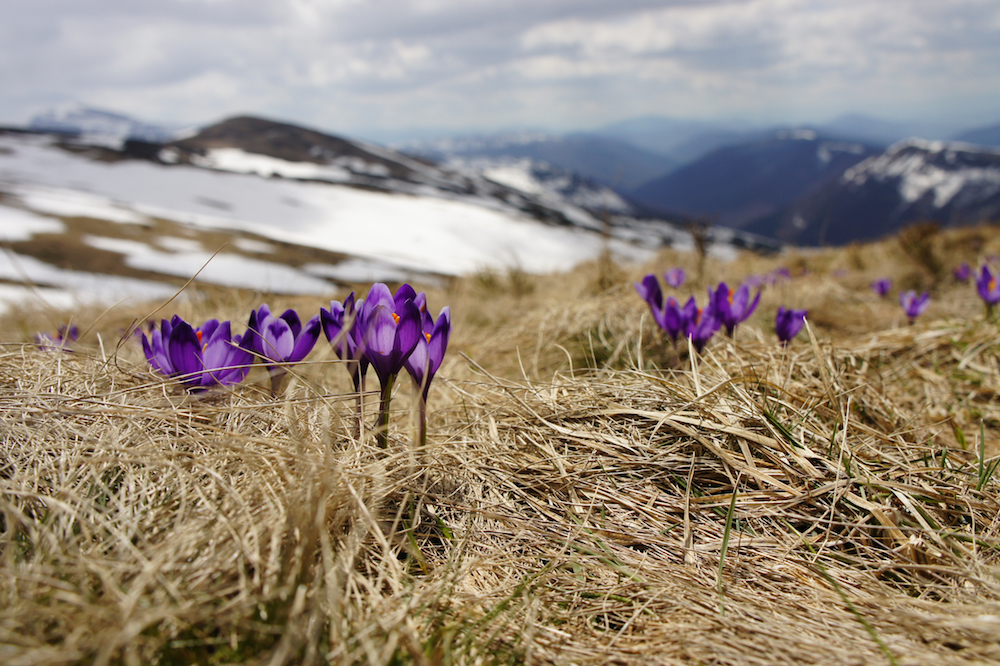Environment
How global warming will change spring in years to come

Climate scientists around the world are working to calculate the long-term impact that global warming could have on our planet. While we often think that climate change means record-breaking temperatures in the summer, we sometimes overlook how other seasons are equally affected. US researchers predict that spring could happen three weeks earlier by 2100, and it might not look like spring that we’re used to seeing each year in March. So what does this early spring mean for the planet?
The research team, composed of scientists from the University of Wisconsin-Madison, the United States Fish and Wildlife Service, and the USGS (United States Geological Survey) reviewed the data for the entire continental United States.
The study analyses changes in plant life to determine exactly when spring begins. More specifically, it studies the timing of leaf growth and flower blooms for two plants commonly found across the United States. The two indicators are “leaf out,” when leaves first appear on tree branches, and “first bloom,” when flowers start to bloom. Scientists have analyzed data recorded since 1950 to predict that by 2100 this early spring will arrive 23 days earlier than today’s spring. Their analysis suggests that change will be most visible on the West Coast.
The second prediction made by scientists is that this early spring will be altogether more unpredictable. The study predicts “false springs,” whereby the weather begins to warm and then becomes cold again. This is a big problem for flowers and plants that rely on the signs or “instructions” of nature to get the ball rolling into spring.
These changes in seasons greatly affect the ecosystem. For example, it will cause a major disruption in the behavior of migratory birds and insects whose plants depend on pollination. The overall effect will be a mismatch between the availability of food sources and the instincts of animals to look for food. This mismatch can limit the ability of both pollinators and plants to survive and reproduce, which would reduce food availability throughout the food chain.
Birds reference the length of days to know when to begin migration, and plant pollination largely depends on increases in temperature. So when the spring arrives in February instead of March, birds will start flying and plants will start pollinating one month sooner than they should. As the study points out, bird populations are more likely to survive if they adapt their annual migrations to match the changing seasons, and they will have to start seeking food sources earlier.
Warmer temperatures also extend the growing season of plant life. As a result, plants will need increasing amounts of water to keep growing throughout the season or else they will dry out, which in turn increases the risk of failed crops and wildfires. Once the growing season ends, shorter, milder winters fail to kill dormant insects, which increases the risk of damaging insect infestations in subsequent seasons. So, while an early spring may feel nice for those who are sick and tired of the winter, it’s not such a great thing in the long run.





0 comments